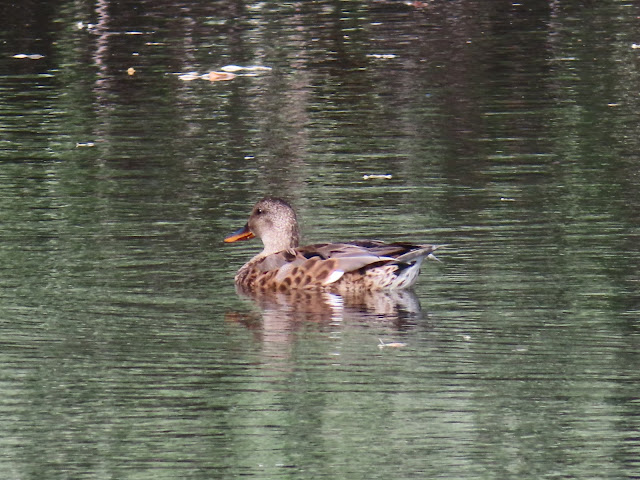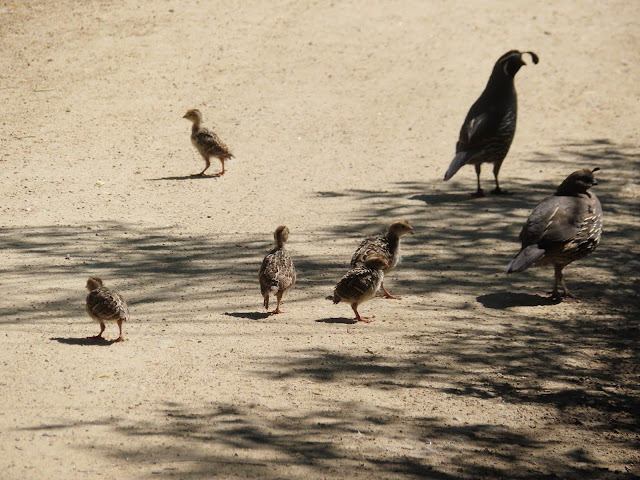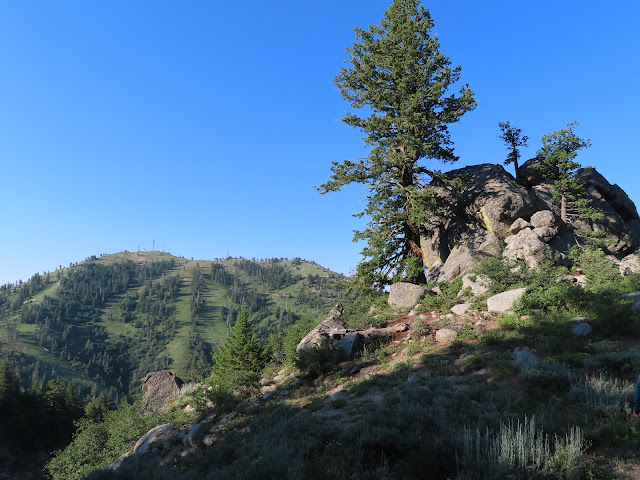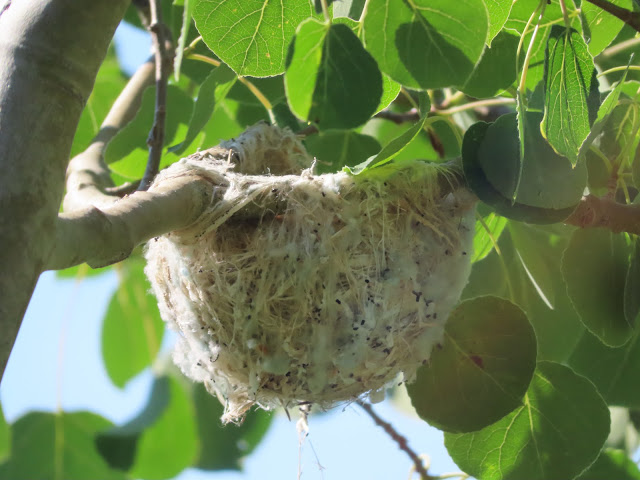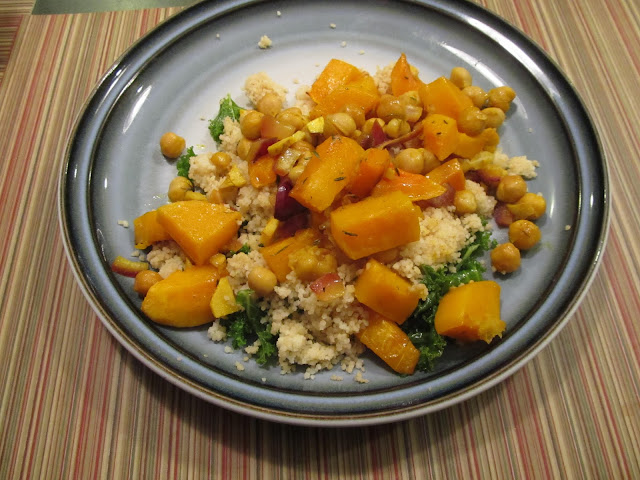Last weekend, after a day of rain on Saturday, we took a road trip on Sunday to do some exploring in southwest Idaho. Our first stop was Bruneau Canyon. The Bruneau Canyon Overlook is managed by the U.S. Department of Interior, Bureau of Land Management. Sometimes referred to as the Grand Canyon of Southwest Idaho, the drive there, is definitely off the beaten path by taking a paved, then dirt road over 34 miles from Highway 51. Also, be aware that the approach to the area, crosses through a US Air Force bombing range. Fortunately, we didn't hear any activity while we were there.
Although the roads are well maintained, we drove slowly, keeping an eye out for cattle and wildlife crossings, and trying not to kick up too much dust. When it seemed like the flat dessert-like landscape would never end, we arrived at the parking lot and the canyon overlook.Well, there is no question that the drive was definitely worth it! From rim to rim the canyon spans 1300 feet. The Bruneau River is 800 feet below, running 60 miles through canyon. Before the area was named Bruneau, after a French Canadian trapper in the early 1800s, the land was valuable fishing and hunting grounds of the Shoshone, Paiute and Bannock people. In 2009, the Omnibus Public Lands Management Act, through collaboration with numerous stakeholders, helped protect 267,000 acres of land across this landscape by classifying it as wilderness area. A sign at the edge of the canyon, refers to this as the Owyhee Initiative.
Unless you are prepared to hike into the wilderness, the stop here only provides you with a view of the overlook and a short walking path. In spite of this, it is still worth the trip to sit, contemplate and appreciate the vastness of this wilderness.We next drove a short distance east on Highway 78 to Bruneau Dunes State Park. One might expect canyons in Idaho, but sand dunes? Typically, I think of the ocean coastline, or perhaps Sleeping Bear Sand Dunes National Lakeshore along Lake Michigan, but the Bruneau Dunes have those beat, by having the tallest sand dune in North America at 470 feet.
 |
| View of Big Dune over Dunes Lake |
 |
| Numerous species of waterfowl both breed and overwinter in this area |
 |
| Great Blue Heron |
It was a great day of exploring these two destinations and is definitely an area of Idaho worth returning to for hiking and birding.













